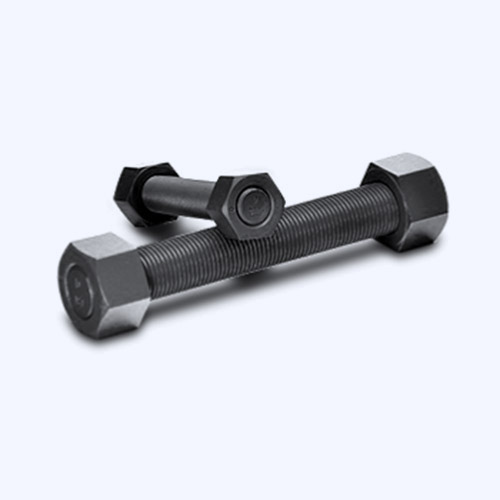Nov . 17, 2024 19:56 Back to list
anchor fastener bolt sizes
Understanding Anchor Fastener Bolt Sizes A Comprehensive Guide
In the realm of construction and engineering, anchor fasteners play a crucial role in ensuring the structural integrity and safety of various installations. Among these fasteners, anchor bolts are particularly significant as they are used to attach structural elements to concrete foundations. Understanding the various sizes and types of anchor fastener bolts is essential for professionals in the field, as well as DIY enthusiasts who want to ensure their projects are built to last.
What are Anchor Bolts?
Anchor bolts are metal fasteners that are embedded in concrete to provide a stable foundation for various structures, including columns, equipment, and even fences. They come in different types, including cast-in-place, wedge, and sleeve anchors, each designed for specific applications and load requirements. The choice of anchor bolt size is crucial as it impacts the overall strength and stability of the installation.
The Importance of Bolt Size
The size of an anchor bolt refers to its diameter and length. These dimensions are critical because they directly affect the bolt's holding capacity and the structural integrity of the installation. Choosing the correct size ensures that the bolts can withstand the load and forces applied to them, including tension, shear, and moment forces. An undersized bolt may fail under stress, leading to catastrophic structural failure, while oversized bolts can create unnecessary costs and installation challenges.
Common Anchor Bolt Sizes
Anchor bolts are available in a wide range of sizes, typically measured in inches or millimeters. Standard sizes include
- Diameter Common diameters range from 1/4 inch to 1 inch (6 mm to 25 mm) or larger, depending on the application. The choice of diameter will depend on the load requirements and the type of materials being used. - Length Anchor bolt lengths can vary significantly, typically ranging from 2 inches to 24 inches (50 mm to 600 mm) or longer for specific applications. The length must accommodate the thickness of the materials being fastened, as well as any required embedment depth in the concrete.
anchor fastener bolt sizes

Determining the Right Size
To determine the appropriate anchor bolt size for a project, several factors must be considered
1. Load Requirements Understanding the loads the anchor bolt will need to support is crucial. This includes both static loads (permanent loads) and dynamic loads (temporary loads from wind, seismic activity, etc.).
2. Concrete Strength The compressive strength of the concrete in which the anchor is being installed is also important. Higher strength concrete can better accommodate larger or more heavily loaded anchors.
3. Environmental Conditions The environment in which the anchor will be used (e.g., exposure to moisture, chemicals, or extreme temperatures) can influence material choice and size.
4. Building Codes and Standards Local building codes may specify minimum anchor sizes based on the type of building and its intended use. Consulting these regulations is vital to ensure compliance and safety.
Conclusion
In conclusion, understanding anchor fastener bolt sizes is paramount for successful construction and engineering projects. By selecting the appropriate diameter and length of anchor bolts based on load requirements, concrete strength, and environmental conditions, professionals can enhance the safety and longevity of their structures. Always refer to local building codes, and when in doubt, consult with a structural engineer to ensure that you are making the right choices for your specific applications. With the right anchor bolts in place, you can ensure a solid foundation for any project, big or small.


